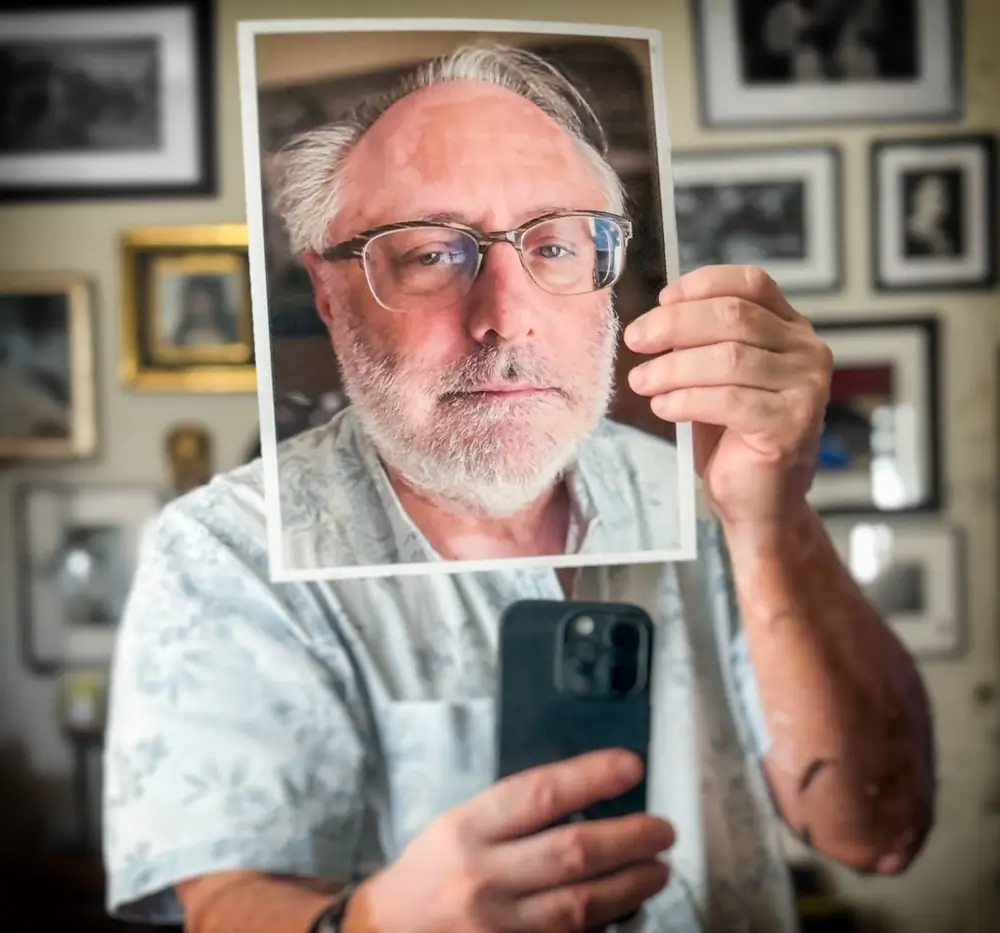Russ Rowland never aspired to be a photographer and now it’s his 24-7 life. Coming to photography later in life, he’s now award-wining professional photographer who’s specialties include corporate and life events, theater, interiors, portraits and creative projects.
His images have appeared in a wide variety of publications including the New York Times, Wall Street Journal, Newsweek, People and many more.
His personal work has been showcased in numerous juried shows and exhibitions at venues across the U.S. and abroad, including:
Griffin Museum of Photography (solo show),
The Museum of The City of New York,
ICP Museum ,
The Katonah Museum,
Center for Fine Art Photography,
SOHO Photo Gallery,
New York Center for Photographic Arts,
Photoplace Gallery,
and more.
AAP Magazine:
AAP Magazine 49: B&W
